Exploring the Future: The Versatility and Innovation of 2024 Aleación aluminio
As industries evolve and demands become more sophisticated, the role of advanced materials like aluminum alloys continues to grow exponentially.
In 2024, aluminum alloys are poised to revolutionize multiple sectors, demonstrating unmatched versatility and innovative potential.
This article explores the expansive landscape of aluminum alloy technology, highlighting their unique attributes, breakthroughs in development, and the promising future they hold.
The Significance of Aluminum Alloys in Modern Industry
Aluminum alloys form the backbone of numerous industries, including aerospace, automotor, construction, embalaje, and electronics.
Their widespread adoption stems from a compelling combination of properties that cater to diverse application needs.

Why Aluminum Alloys Matter
- Lightweight yet Strong: Aluminum alloys offer high strength-to-weight ratios, reducing overall system weight while maintaining structural integrity.
- Resistencia ar corrosión: Many aluminum alloys exhibit excellent resistance to corrosion, enhancing durability.
- Ease of Fabrication: They are easy to weld, machine, and form into intricate shapes.
- Reciclabilidad: Aluminum is 100% recyclable without loss of quality, supporting sustainability initiatives.
The Evolution of Aluminum Alloys
Historically, aluminum alloys were categorized into heat-treatable, non-heat-treatable, casting, and wrought types.
Over time, material scientists have meticulously engineered new alloy compositions to optimize specific properties, opening doors to high-performance applications.
The Development Landscape of 2024 Aluminum Alloys
The year 2024 marks a pivotal point in alloy innovation, driven by advancements in metallurgy, nanotecnología, and computational design.
These developments enable the creation of alloys tailored for extreme performance, environmental resilience, and efficiency.
Accelerating Alloy Innovation Through Technology
- Computational Material Science: Using AI and simulation tools accelerates the discovery of novel alloy compositions.
- Nano-Engineered Alloys: Incorporating nanomaterials enhances properties like strength, wear resistance, and thermal stability.
- Additive Manufacturing (3D Printing): Enables complex geometries and rapid prototyping, further expanding alloy applications.
Major Trends in 2024 Aluminum Alloy Development
| Trend | Description | Impact |
|---|---|---|
| Ultra-High Strength Alloys | Enhanced mechanical properties for demanding applications | Aerospace and defense |
| Eco-Friendly Alloys | Use of low-carbon, recyclable materials | Sustainability initiatives |
| Heat-Resistant Alloys | Improved thermal stability for high-temperature environments | Automotive and aerospace engines |
| Multifunctional Alloys | Combining multiple properties such as strength, flexibility, and conductivity | Electronics and industrial applications |
Key Characteristics and Innovations in 2024 Aluminum Alloys
The innovations in 2024 focus on addressing the limitations of previous alloys while unlocking new application scopes.
Here, we discuss some key characteristics that make 2024 alloys stand out.
Enhanced Mechanical Strength
Recent alloy formulations incorporate elements like scandium, lithium, and nickel, leading to significant improvements in tensile strength and fatigue resistance.
- Example: The introduction of lithium enhances the specific strength of aluminum alloys, reducing weight without sacrificing durability.
- Practical Advantage: Enables lightweight structural components in aerospace and automotive industries.
Superior Corrosion and Wear Resistance
Innovative coatings and alloy compositions boost corrosion resistance, particularly critical for maritime and chemical industry applications.
- Surface Treatments: Anodizing and nanocoatings further extend alloy lifespan and performance.
High-Temperature Stability
Alloys designed for elevated temperature environments are essential for jet engines, exhaust systems, and industrial machinery.
- Innovation: The addition of elements like titanium or vanadium stabilizes alloy microstructures under thermal stress.
Enhanced Ductility and Formability
Despite their high strength, new alloys maintain excellent ductility, facilitating complex manufacturing processes and component designs.
Cutting-Edge Applications of 2024 Aluminum Alloys
The versatility of aluminum alloys in 2024 translates to groundbreaking applications across different sectors.
Industria Aeroespacial
The aerospace sector continues to lead innovation by utilizing 2024 aluminum alloys for:
- Aircraft Structural Components: Lighter aircraft reduce fuel consumption and emissions.
- Spacecraft and Satellites: Demanding high-strength, thermally stable alloys withstand harsh environments.
- Drones and Unmanned Vehicles: Lightweight materials improve flight duration and agility.
Industria Automotriz
The push for electric vehicles and efficiency boosts demand for advanced alloys:
- Lightweight Chassis and Body Panels: Reducing weight increases range and performance.
- Battery Enclosures: Thermally stable alloys protect critical components.
- High-Performance Braking Systems: Wear-resistant alloys enhance safety.
Construction and Infrastructure
Innovative aluminum alloys facilitate resilient and aesthetic architectural designs:
- Facade Cladding: Combining durability with aesthetic appeal.
- Structural Frames: Lightweight yet sturdy frameworks for bridges and residential buildings.
- Corrosion-Resistant Components: Prolonged lifespan in harsh environments.
Electronics and Renewable Energy
Aluminum alloys contribute to the sustainability goals of electronics manufacturing and renewable energy systems:
- Heat Sinks and Electronic Casings: Superior thermal conductivity dissipates heat efficiently.
- Solar Panel Frames: Lightweight and corrosion-proof framing extends installation lifespan.
- Wind Turbine Components: High-performance alloys withstand environmental stresses.
Innovations in Manufacturing and Processing Techniques
The full potential of 2024 aluminum alloys unfolds through advanced manufacturing processes.
Additive Manufacturing (3D Printing)
- Advantages: Complex geometries, rapid prototyping, customized components.
- Key Developments: Reinforced alloys optimized for layer-by-layer deposition, minimizing defects and enhancing mechanical properties.
Friction Stir Welding (FSW)
- Benefit: Joins aluminum components seamlessly, preserving alloy integrity.
- Nt'ot'e: Large aerospace structures and shipbuilding.
Surface Engineering
- Nano-coatings and Anodizing: Enhance corrosion resistance, surface hardness, and aesthetic appeal.
Recycling and Sustainability
- Closed-Loop Systems: Recycling aluminum alloys reduces environmental impact.
- Energy Savings: Manufacturing processes optimized for lower energy consumption.
Challenges and Considerations for 2024 Aluminum Alloys
While the future appears promising, several challenges warrant attention.
Material Compatibility and Standardization
- Ensuring new alloys meet industry standards requires rigorous testing and certification.
Cost Implications
- Advanced alloy production can be costlier; balancing performance gains with affordability remains essential.
Manufacturing Adaptations
- Implementing new processing techniques demands investment and operator training.
Environmental Impact
- Sustainable development practices should accompany material innovation to uphold ecological responsibility.
Future Outlook and Potential Breakthroughs
The road ahead for aluminum alloys in 2024 and beyond centers on continued material science breakthroughs and industry integration.
Smart Alloys and Embedded Technologies
- Embedding sensors within alloy matrices could lead to self-monitoring structural components, enabling real-time health assessments.
Adaptive Alloys
- Alloys capable of adjusting properties dynamically in response to environmental stimuli pose exciting possibilities.
Higher Recyclability Standards
- Innovations will further improve reclaimability, fostering a circular economy for aluminum products.
Cross-Industry Collaboration
- Collaborations among academia, industry, and government will accelerate innovation, standardization, and widespread adoption.
Practical Guide: Choosing the Right Aluminum Alloy in 2024
Selecting an aluminum alloy for your project requires understanding material properties, application demands, and environmental factors.
| Nt'ot'e | Key Properties Needed | Recommended Alloy Class | Considerations |
|---|---|---|---|
| Aerospace | Mextha resistencia, low weight, thermal stability | 2024-T3, 2024-T4 | Certification requirements |
| Automotive | Light weight, Resistencia ar corrosión, ductility | 6xxx series, new 2024 variants | Cost, manufacturing processes |
| Construction | Resistencia ar corrosión, durability | 5xxx series | Aesthetic needs, environmental exposure |
| Electrónica | Thermal conductivity, lightweight | 1xxx and 3xxx series | Conductivity and fabrication |
Hñeti: Always work with accredited suppliers and consult material specialists to match alloy properties with project requirements.
The Role of Industry Leaders and Researchers
The rapid pace of aluminum alloy innovation stems from collaborative efforts among:
- Research Institutions: Pioneering next-generation alloy formulations.
- Material Manufacturers: Developing scalable production techniques.
- End-Users: Providing feedback and demanding high-performance solutions.
- Regulatory Bodies: Establishing standards to ensure safety and reliability.
Their synergy ensures aluminum alloys continue to advance in line with technological and environmental demands.
Sustainability and Environmental Impact in 2024
Sustainability remains central to material development strategies.
Recyclability and Circular Economy
- Aluminum’s ability to be recycled indefinitely supports eco-friendly production practices.
- New alloys are designed to facilitate recycling without quality degradation.
Reducing Carbon Footprint
- Development of low-carbon alloy production methods, including clean energy sources, contributes to global climate goals.
Environmental Resilience
- Alloys that withstand harsh environments extend product lifespan, reducing waste and resource consumption.
Conclusion: Embracing the Future of Aluminum Alloys
The year 2024 marks an exciting chapter in aluminum alloy development, characterized by unprecedented versatility and innovation.
As industries embrace lightweight, duradero, and sustainable materials, these alloys will power a new era of technological advancement.
By leveraging cutting-edge research, advanced manufacturing techniques, and a keen focus on environmental responsibility, aluminum alloys will continue transforming sectors from aerospace to electronics.
Their ability to adapt and evolve underscores their importance in shaping a sustainable, efficient, and innovative future.
Stay informed. Stay innovative. The future is aluminum.
Share with PDF: Download
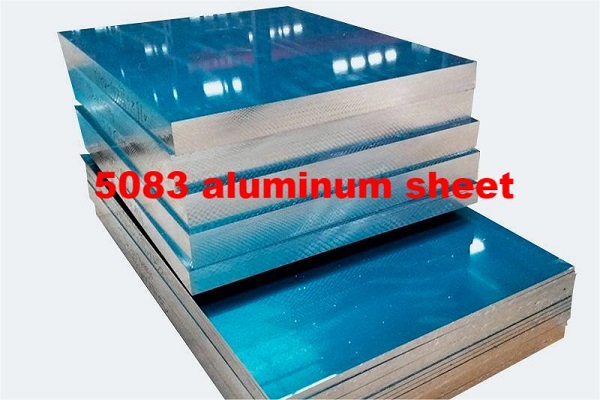
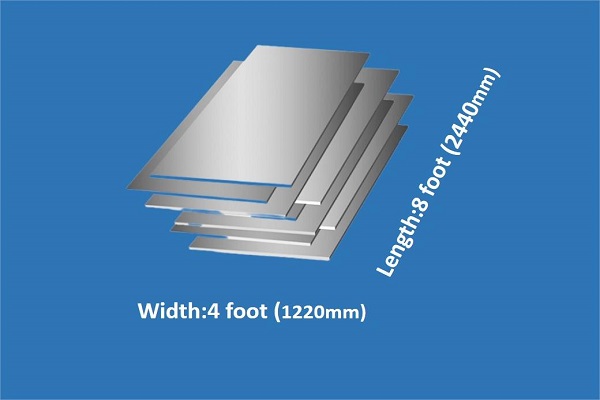
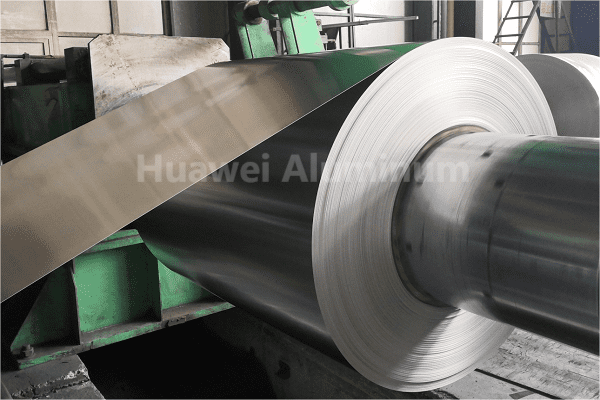
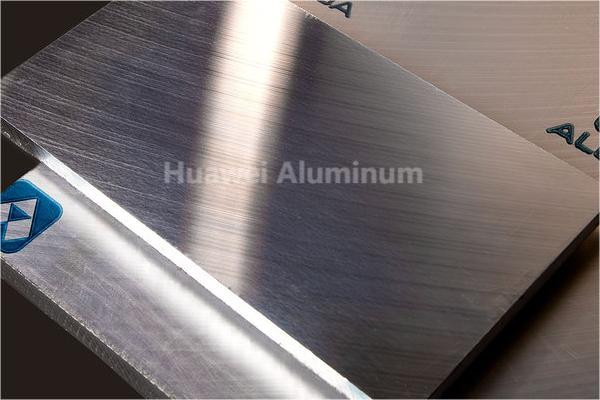
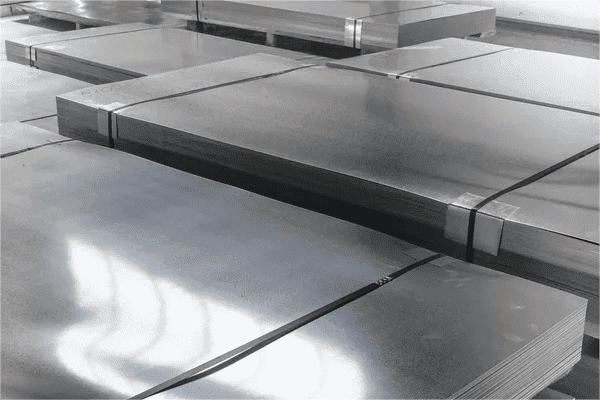
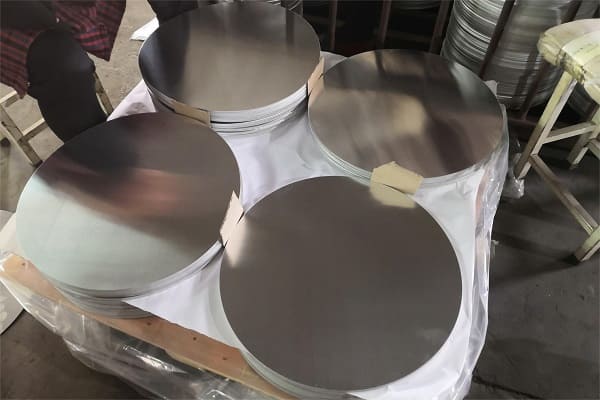

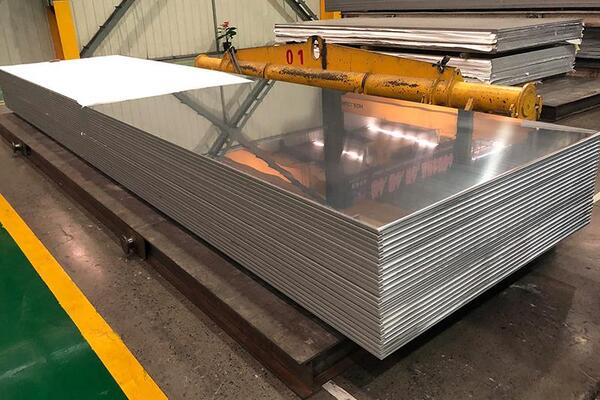
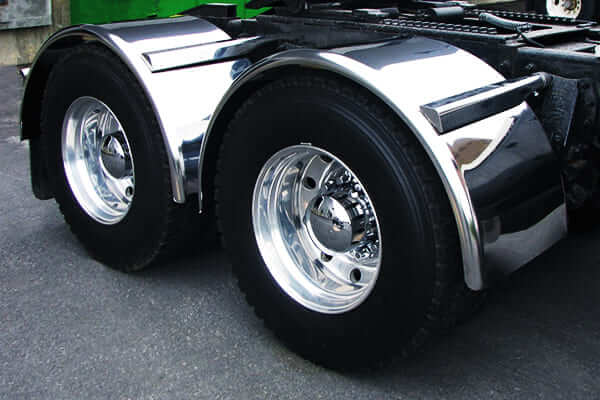
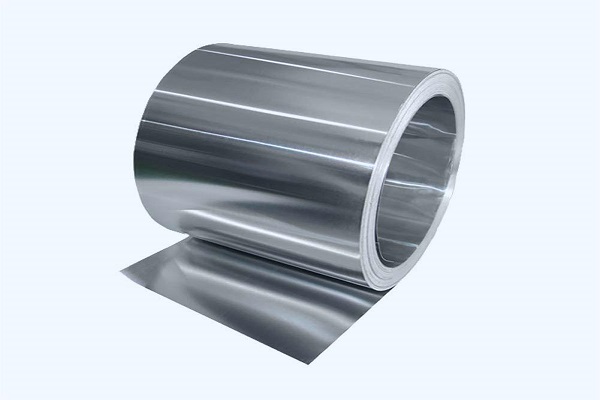
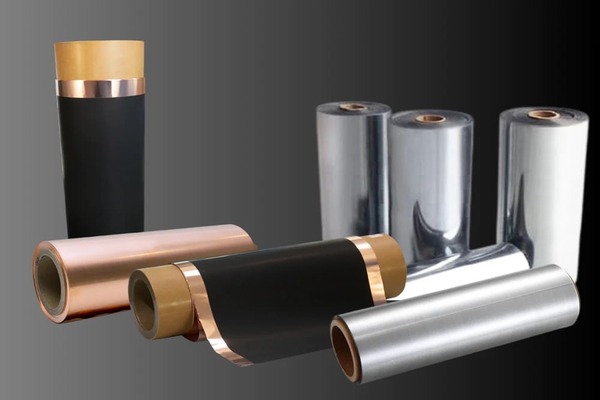
Contesta